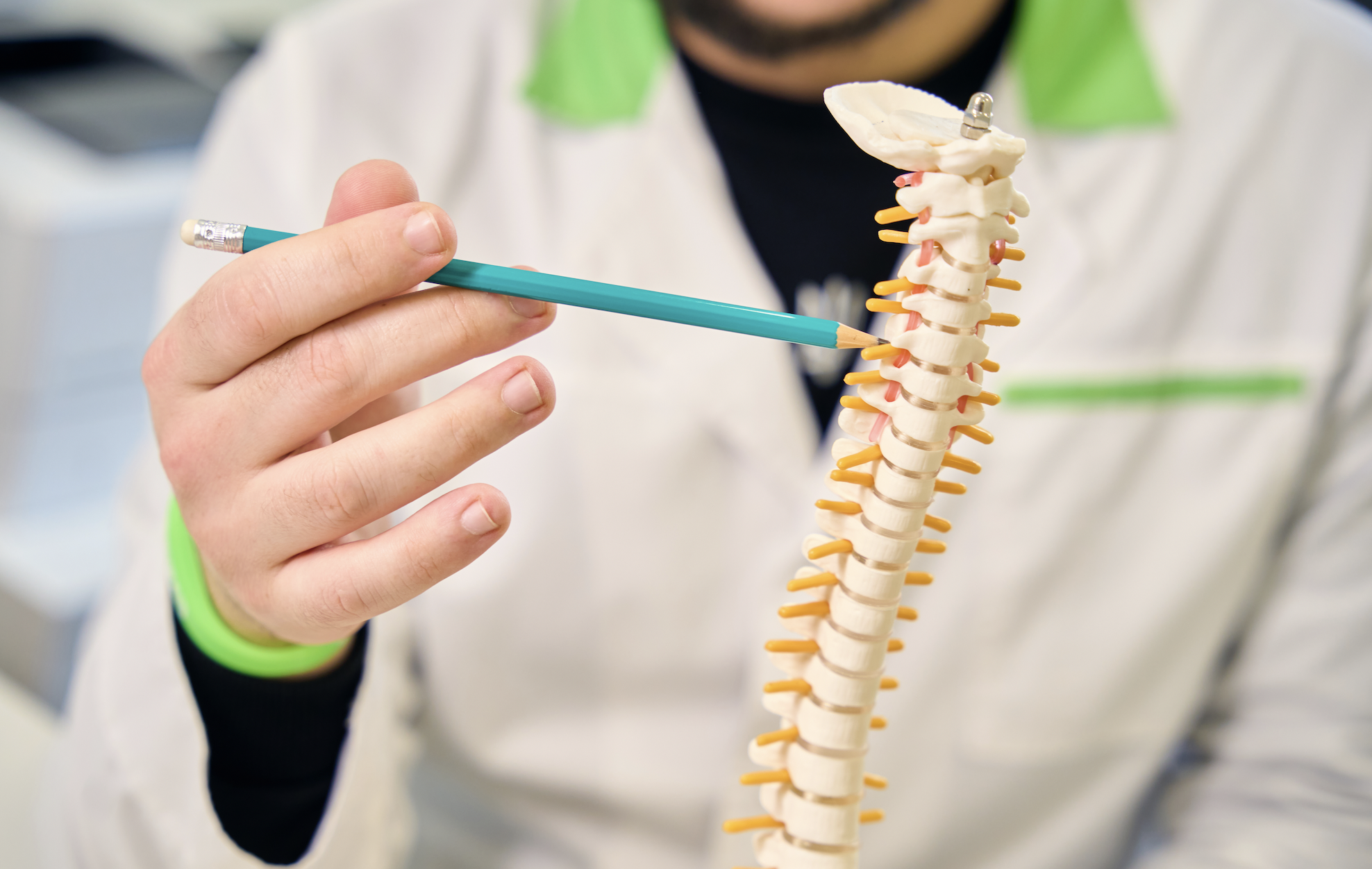
What Questions to Ask Your Surgeon About Your Upcoming Cervical Disc Replacement
It is said that knowledge is power. But that is only half the truth. Knowledge is only powerful when it is applied. Informed patients are empowered, patients. And, regarding your health, there is no room for error. It would be best if you were as proactive as possible in ensuring you get the best care and treatment possible.…
Read moreLets get in contact
"*" indicates required fields







